
iPhone and iPod: Dense Pixels, Happy Eyes
September 6, 2007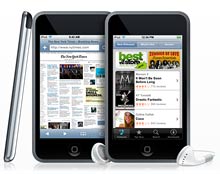 Yesterday’s announcement of the third-generation iPod Nano and iPod Touch was another step in Apple’s accelerating march toward sharper displays and resolution independence. The third-generation Nano now has the highest pixel density in the Apple lineup, at 204 pixels per inch (ppi). By comparison, the iPhone comes in at 160 ppi with the new iPods Touch and Classic at a nearly-identical 163 ppi. Meanwhile, Apple’s high-end 30″ Cinema Display is at 102 ppi.
Yesterday’s announcement of the third-generation iPod Nano and iPod Touch was another step in Apple’s accelerating march toward sharper displays and resolution independence. The third-generation Nano now has the highest pixel density in the Apple lineup, at 204 pixels per inch (ppi). By comparison, the iPhone comes in at 160 ppi with the new iPods Touch and Classic at a nearly-identical 163 ppi. Meanwhile, Apple’s high-end 30″ Cinema Display is at 102 ppi.
Subjectively, the iPhone’s display is clearly superior to any computer display I’ve ever seen. While this is a function of many factors, the high pixel density plays a huge part in creating the extraordinarily tack-sharp perception. While the Nano’s screen is too small to be useful for reading, it seems completely within Apple’s philosophy and technical capability to extend the high-pixel-density feature to other devices, including the Mac and the hypothetical iTablet. After all, multimedia and typography are in Apple’s DNA, while resolution independence is an announced feature in the next version of Mac OS X and perhaps a current feature in today’s iPhone/Touch OS X.
I wanted to visualize more objectively just how these increased densities are affecting the reading experience. The images below are enlargements of PDF text (from my latest WOWIO ebook project) rendered in Photoshop to simulate different pixel densities. Be sure to click on the image to see the enlargement so you can see the full effect.
While rendering on the actual devices will be different, these images can still give an idea of the relative quality of the text displays. The smooth and crisp type renderings at the higher pixel densities correlate directly into perceived text clarity and reading comfort. Today’s common complaints about fuzzy, headache-inducing screen text — one of the most persistent obstacles to reading long-form text in digital format — are literally being smoothed away.
Related Posts
iPhone and eBooks: The Video
iPhone and eBooks: An Early Flirtation
Books v. eBooks: the Reader’s Experience
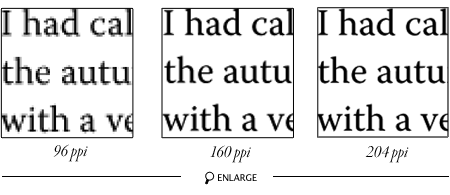

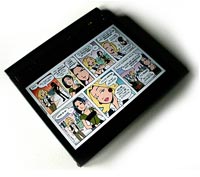








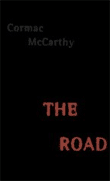

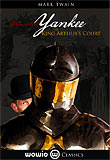



[…] and eBooks: an Early Flirtation iPhone and eBooks: the Video iPhone and iPod: Dense Pixels, Happy Eyes eBook Reader Technology […]
[…] light (similar to the E-Ink used in the Amazon Kindle and Sony Reader, but with an even higher pixel density). The XO (in Tablet Mode, Portrait Orientation) and a MacBook Pro Display a PDF […]
[…] is what that looks like in practice (courtesy of this blog post on The […]
[…] a device suitable for extended text reading is the pixel density of the screen. Here’s a good illustration of the effect of pixel density. A typical PC screen has a ‘Pixel per Inch’ (ppi) density of 96, which isn’t bad […]